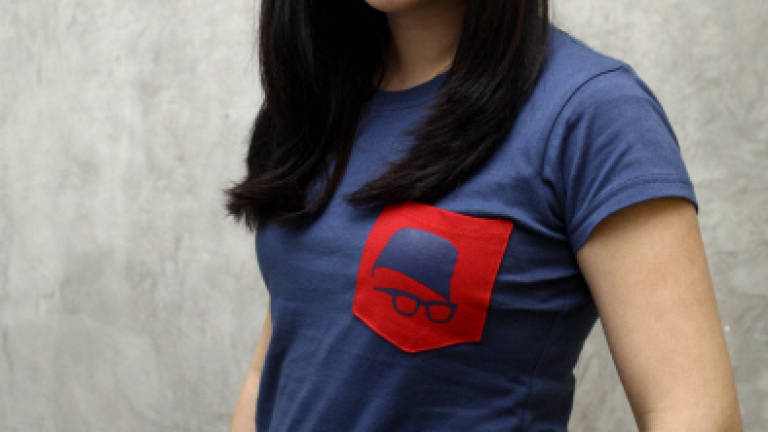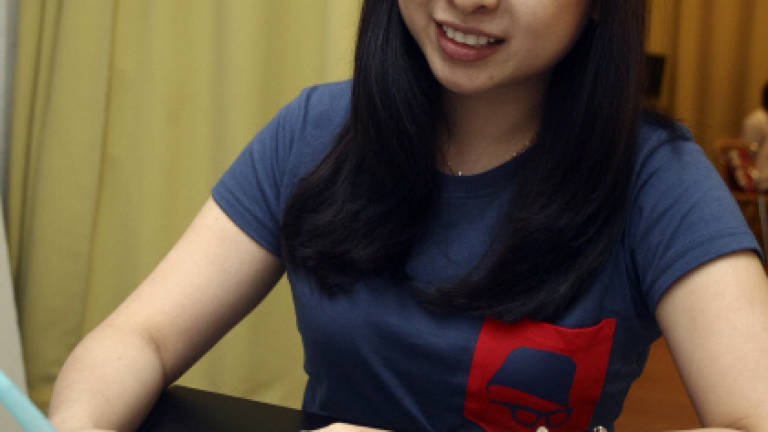All the right strokes


THESE days we are often typing away on our computers and phones – have we forgotten the art of writing? Joy Chong was looking to start a new hobby and stumbled upon a list of new hobbies to try – calligraphy was one of them.
“I feel we type too much and there isn't much writing any more so it is cool to try an old art form. After learning the basics, it is fun to pick up other styles and mediums. It also leads to many DIY and typography ideas.
“It is also relaxing, especially when I write with friends. You get to share ideas and see the colours come together – from a blank piece of paper you can make something beautiful and colourful,” Chong said.
Chong teaches calligraphy classes which are divided into traditional script and modern brush. She said traditional script is harder but people gain a lot of benefit from it as once you know the rules, you can go ahead and break it.
“You need to follow the rules in traditional script; it needs to be uniform. Why we let people do traditional script before modern brush is because they learn how to form cursive words. You need the basic skills of thick and thin lines, and how to join letters,” she said.
There are two myths Chong always debunks. One is your writing has got to be good to do calligraphy and second, you don’t need to know cursive. When doing calligraphy, the movements are unnatural and when starting from scratch, you will learn as the class progress.
“The two skills can be used together and that is the fun part. You can use traditional script and put some of its elements into the brush because you know the techniques,” she said.
With traditional script it is all about the grip and even your sitting style, and later how to get the most of the tools you have. Chong said at the end of the day, it takes practice – like the piano, you got to keep at it.
“It is encouraging because you can physically see your improvement. You can look at your work today and a month later see that you have come so far – that you can get better slowly. In class, we encourage them by going around to look at their papers and picking out the good ones.
“We like to make it enjoyable. We tell people that calligraphy is fun and not to take it too seriously. You are here to relax; don't put so much pressure on yourself that you start to hate it. It can be frustrating on days you just can't write, but some days it can look pretty good,” she said.
Chong learned the art of calligraphy by trial and error. She talked to people especially on Instagram, and the community is open to share and help those who are new and give advice based on their experience. “Key is making sure you are holding the pen right. A lot of us have the problem with the death grip which causes the back to the paper to feel like Braille.
“With calligraphy, you write with unnatural movements and that can be straining on the hands and neck. It is more strenuous in traditional class while for brush, you can hold it like how you hold a pencil.
“It is important to make sure people learn the basic drills – letters, how to connect letters and form words as well as the flow so that it is smooth. At the end of the class, they must be able to form words.
"You can keep practising A to Z, but if you don't know how to connect the letters then it is pointless. This is one of the things we put more emphasis on in class than others.
“You need to have a lot of patience and you have to be determined to practise. Not many of the students we teach take it to the next level. It is a lot of hardcore practice and unfortunately, there is no other way about it,” she stressed.